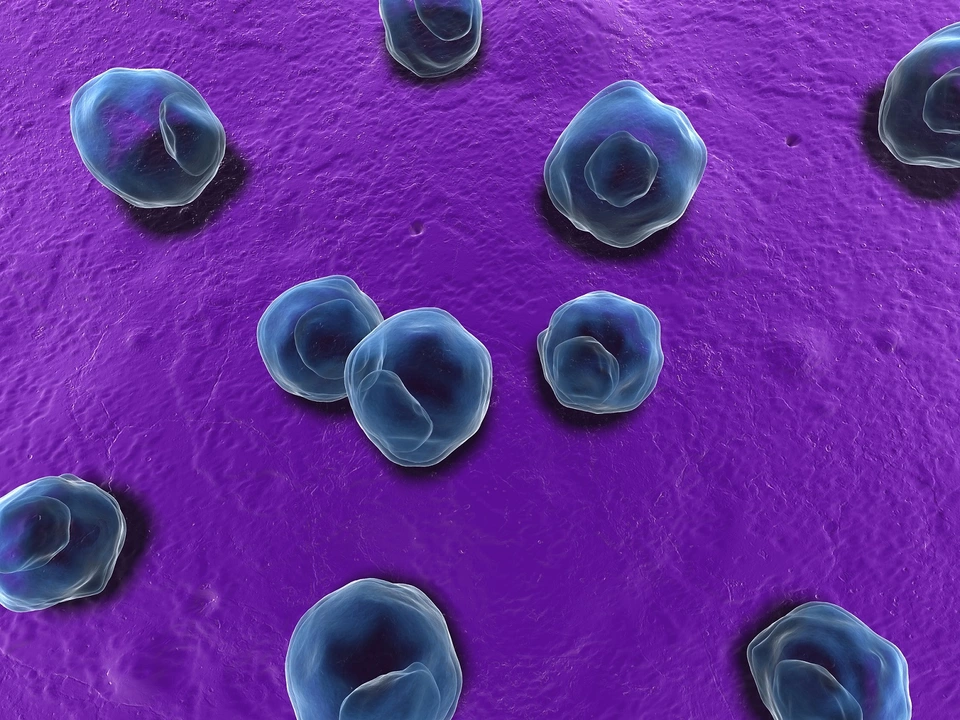Chlamydia: What to Spot, How to Test, and How to Treat It
Chlamydia often gives no warning signs, yet it’s one of the most common bacterial STIs. That silent nature is why quick action matters: untreated chlamydia can lead to pelvic inflammatory disease, infertility, or newborn infections. Below are clear, practical steps you can follow if you think you were exposed or just want to be safe.
Testing: how and when to check
If you’ve had unprotected sex, a new partner, or symptoms like unusual discharge, burning when peeing, lower belly pain, or bleeding between periods, get tested. Most clinics and labs use NAAT (nucleic acid amplification) tests, which are done on a urine sample or a vaginal/penile/cervical swab. These tests can detect chlamydia roughly 1–2 weeks after exposure, so don’t panic if you test too early — ask the clinic when to repeat.
Home test kits that use NAAT are available and accurate when used correctly. If a partner tests positive, tell anyone you've had sex with recently so they can get treated too. Many places offer partner treatment options or guidance on notifying partners without revealing your name.
Treatment, partners, and prevention
Chlamydia is treatable with antibiotics. Finish the full course even if you feel better after a day or two. Avoid sex until you and your partner(s) have completed treatment and your clinician confirms it’s safe — this prevents reinfection. Pregnant people have specific treatment needs; tell your clinician if you’re pregnant.
After treatment, get retested around three months. Reinfection is common and retesting is the simplest way to catch it early. If symptoms persist after treatment, return to care — either the infection didn’t clear or there’s another issue.
Prevention is straightforward: condoms greatly reduce the risk, regular screening helps catch infections early, and limiting the number of sexual partners lowers exposure. There’s no vaccine for chlamydia, so testing and safe sex remain the best tools.
When to see a doctor right away: severe pelvic pain, fever, heavy vaginal bleeding, pus from the penis, painful or swollen testicles, or if you’re pregnant and worried about exposure. Also seek care if a partner tells you they tested positive — prompt treatment protects you and future pregnancies.
Practical tips: get tested yearly if you’re sexually active with new or multiple partners; carry condoms and use them consistently; consider testing after sex with a new partner even without symptoms. If you need help talking to partners, many clinics provide scripts or anonymous notification services.
Chlamydia can be simple to treat and easy to miss. Testing and quick treatment protect your health and your partners. If anything here sounds familiar, book a test or contact a sexual health clinic today.

